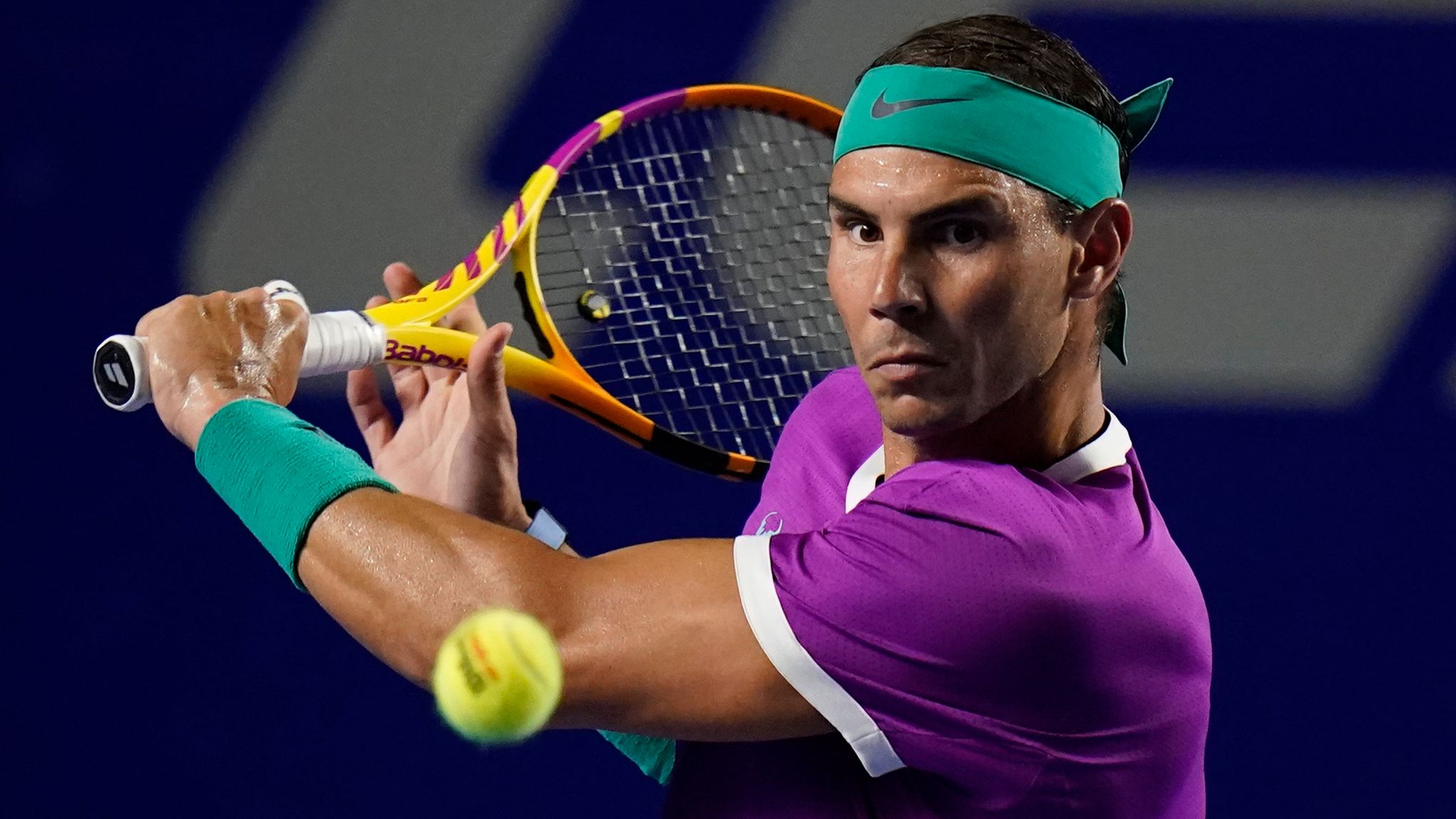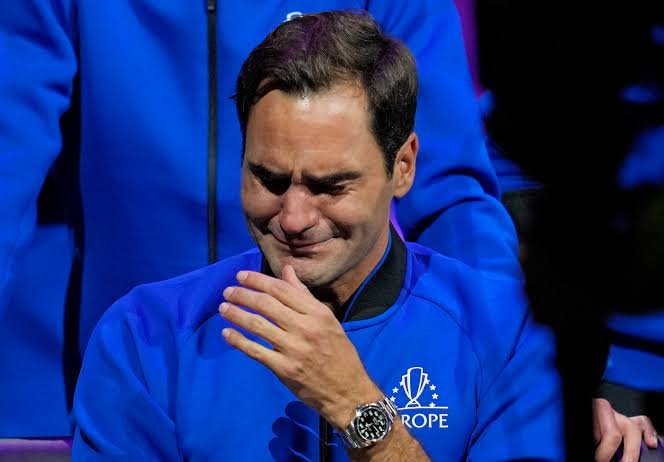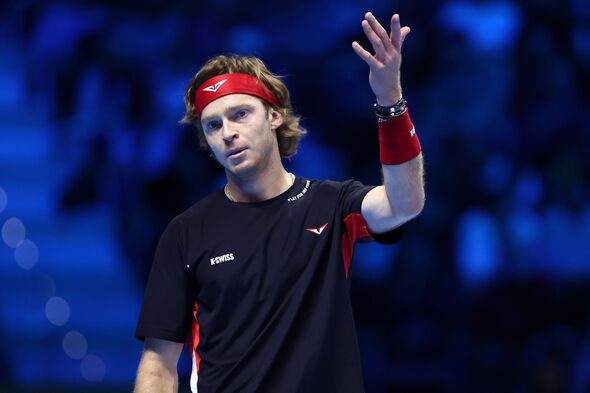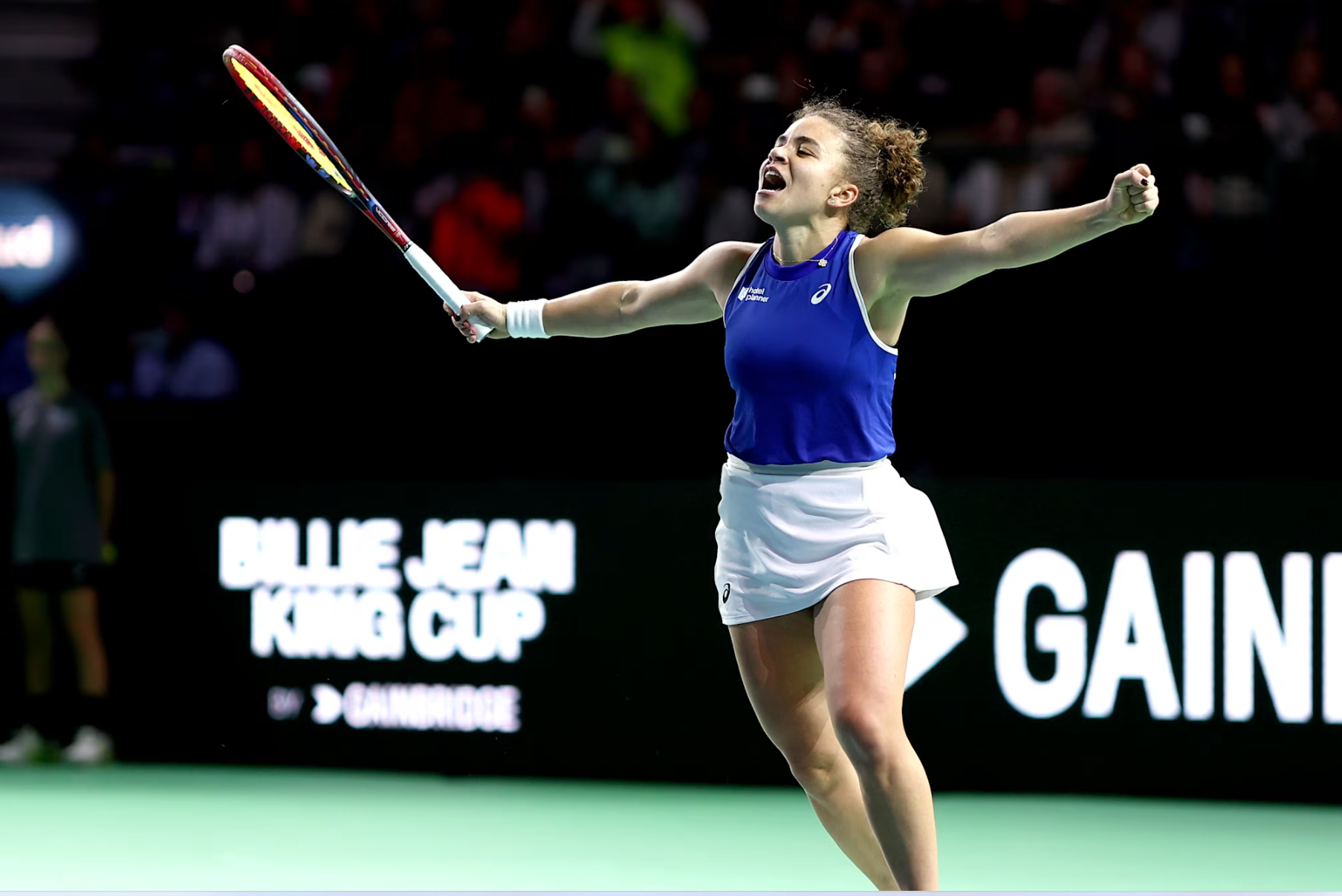In the world of tennis, few players have made as lasting an impact as Rafael Nadal. From his explosive debut as a teenager to his current status as one of the sport’s greatest icons, Nadal’s journey has been nothing short of extraordinary. Nicknamed the “Raging Bull” for his intensity and unparalleled work ethic, Nadal’s evolution on and off the court has been a testament to his resilience, adaptability, and relentless pursuit of excellence. But how did the boy from Mallorca, with a style so unique and a body so raw, become the athlete we know today? Let’s take a closer look at the evolution of Rafael Nadal—from the early years to his emergence as the “King of Clay” and his ability to adapt his game to survive the modern tennis landscape.
The Early Years: The Firestorm from Mallorca
Rafael Nadal was born on June 3, 1986, in Manacor, Mallorca, a small island off the coast of Spain. From a young age, it was clear that Nadal was destined for greatness in the world of sports. His uncle, Toni Nadal, was instrumental in shaping his tennis career, serving as his coach from the beginning. Toni was a no-nonsense coach who emphasized discipline, hard work, and mental toughness—values that would define Nadal’s career.
Nadal was already a multi-sport athlete before focusing solely on tennis. He played soccer, basketball, and even was a junior golf champion. But it wasn’t long before his love for tennis took over. By the time he was 15, Nadal was already breaking through the junior ranks, turning heads with his combination of raw power and agility. His forehand, a heavy top-spin shot that would later become one of his trademark weapons, was already a force to be reckoned with.
It was at the age of 16 that Nadal turned professional, making an immediate impact on the ATP Tour. His first major breakthrough came in 2004, when he defeated world No. 2, Andy Roddick, at the Miami Open. Despite this early success, few could have predicted that this young, fiery competitor would go on to dominate the tennis world for nearly two decades.
The Rise of the ‘Raging Bull’: The Making of a Clay Court Legend
While Nadal’s success in the early years was impressive, it was his dominance on clay that truly set him apart from his peers. As a teenager, Nadal made history by winning the 2005 French Open at just 19 years old. This victory was the beginning of what would become one of the most remarkable records in tennis: a record-breaking 14 French Open titles, each showcasing his unparalleled ability on the red clay courts of Roland Garros.
Nadal’s game on clay was simply unbeatable. His heavy topspin, his incredible movement, and his relentless tenacity made him an unstoppable force. His ability to slide into shots with perfect balance and precision, paired with his physical strength, meant that he could outlast almost anyone in long rallies. Opponents found it nearly impossible to break his serve or win points against his ferocious consistency.
But what truly set Nadal apart was his mentality. While many of his competitors were focused on playing their best tennis, Nadal was determined to outwork everyone. Known for his relentless intensity, he would battle through pain, exhaustion, and tough situations, always with a never-give-up attitude. His mental strength became his signature, and soon, his competitors came to realize that beating Nadal on clay wasn’t just a physical challenge—it was a psychological one as well.
By 2008, Nadal had won four consecutive French Open titles and cemented his reputation as the “King of Clay.” But his evolution wasn’t just happening on the clay courts. Nadal’s rise in tennis was about to reach new heights, as he began to assert himself on other surfaces.
From Clay to All Surfaces: Nadal’s Evolution into a Complete Player
Though Nadal’s reign on clay was indisputable, the next phase of his evolution came when he proved that he could conquer all surfaces. By 2008, Nadal had won Wimbledon, defeating rival Roger Federer in what would become one of the greatest matches in tennis history. Nadal’s victory on grass marked a shift in his career. He had already shown his dominance on clay, but now he had conquered the hallowed lawns of Wimbledon, making it clear that he was a threat on every surface.
This was a critical turning point in Nadal’s career, as it showcased his ability to adapt his game. While his style was still heavily based on powerful, topspin-heavy groundstrokes, he had developed more variety in his game, adding finesse and intelligence to his attacking play. His serve, once considered a weakness, had improved significantly, giving him a competitive edge on faster surfaces. He learned to play more aggressively, moving toward the net when necessary and adapting his game based on the opponent and the surface. This new, well-rounded approach was essential to his continued success.
Nadal’s 2009 US Open victory was another milestone in his development as a complete player. It was his first US Open title and marked his first major win on a hard court. His ability to take on all surfaces made him not just a clay court specialist but one of the most versatile players in tennis history. As Nadal continued to evolve, his consistency and resilience remained key features of his game, but his newfound adaptability allowed him to compete at the highest level across all surfaces.
Injury Struggles and a New Chapter
By 2012, Nadal had established himself as one of the most dominant players in tennis history. However, the physical demands of his aggressive playing style began to take their toll. Injuries to his knees, wrist, and back became a regular part of his career, and in 2012, he was forced to withdraw from the 2012 Wimbledon Championships due to a knee injury.
For many players, this would have been a career-altering setback. But Nadal’s story is defined by his resilience. Rather than letting injuries derail his career, he focused on rehabilitation, reconditioning his body, and adjusting his game to prolong his longevity. His commitment to maintaining peak fitness through a combination of rehabilitation and strength training allowed him to return to the court stronger and more determined than ever.
In 2013, Nadal’s comeback was nothing short of spectacular. Not only did he return to the top of the ATP rankings, but he also won his eighth French Open title, further solidifying his legacy. Nadal’s ability to bounce back from adversity became a defining characteristic of his career, earning him the respect and admiration of tennis fans and fellow athletes alike.
The Nadal Renaissance: Longevity and Continued Success
As the years went on, Nadal’s career continued to defy the typical trajectory of a tennis player. While many players in their early 30s would be slowing down, Nadal seemed to get better with age. His relentless determination and ability to reinvent himself kept him competitive with younger players, including the likes of Novak Djokovic and Roger Federer.
In 2017, Nadal completed a stunning resurgence by winning his 10th French Open title, proving that despite his injury struggles, he was still the undisputed king of clay. But Nadal’s evolution didn’t stop there. His victories continued to pile up, with another US Open win in 2017 and a historic 2019 French Open title. Nadal’s longevity was remarkable; his body, although scarred by years of wear and tear, continued to respond to his training and recovery regimens.
His most impressive feat came in 2020, when Nadal secured his 13th French Open title, further cementing his status as the greatest player to ever step foot on clay. Nadal also became the first player in tennis history to win each Grand Slam title at least twice, showcasing his versatility and adaptability over his storied career.
The Mentality of a Champion
One of the key aspects of Nadal’s evolution has been his mentality. Often described as one of the hardest workers in tennis, Nadal’s relentless pursuit of perfection has been his defining trait. His fierce competitive spirit and never-say-die attitude have been the driving forces behind his many comebacks, as well as his ability to perform in the biggest moments.
Nadal’s commitment to improvement is evident in every match. He’s never satisfied with his results and continues to seek ways to refine his game, even when he’s already at the top. His humility, focus, and resilience have made him one of the most admired athletes in the world.
Conclusion: A Tennis Icon Like No Other
The evolution of Rafael Nadal is a story of resilience, adaptability, and mental fortitude. From the “Raging Bull” of his early years to the versatile, multi-surface champion he is today, Nadal’s journey is a testament to the power of hard work and a relentless pursuit of greatness. His ability to evolve and remain at the top of the tennis world, even in the face of injuries and fierce competition, speaks volumes about his character and commitment to the sport.
As Nadal continues to compete at the highest level, his legacy as one of the greatest tennis players of all time is secure. His evolution from a young, fiery competitor to a complete and legendary player is a journey that will inspire generations to come. Whether it’s his unparalleled dominance on clay, his ability to adapt to all surfaces, or his resilience in the face of adversity, Rafael Nadal has truly become a tennis icon.



